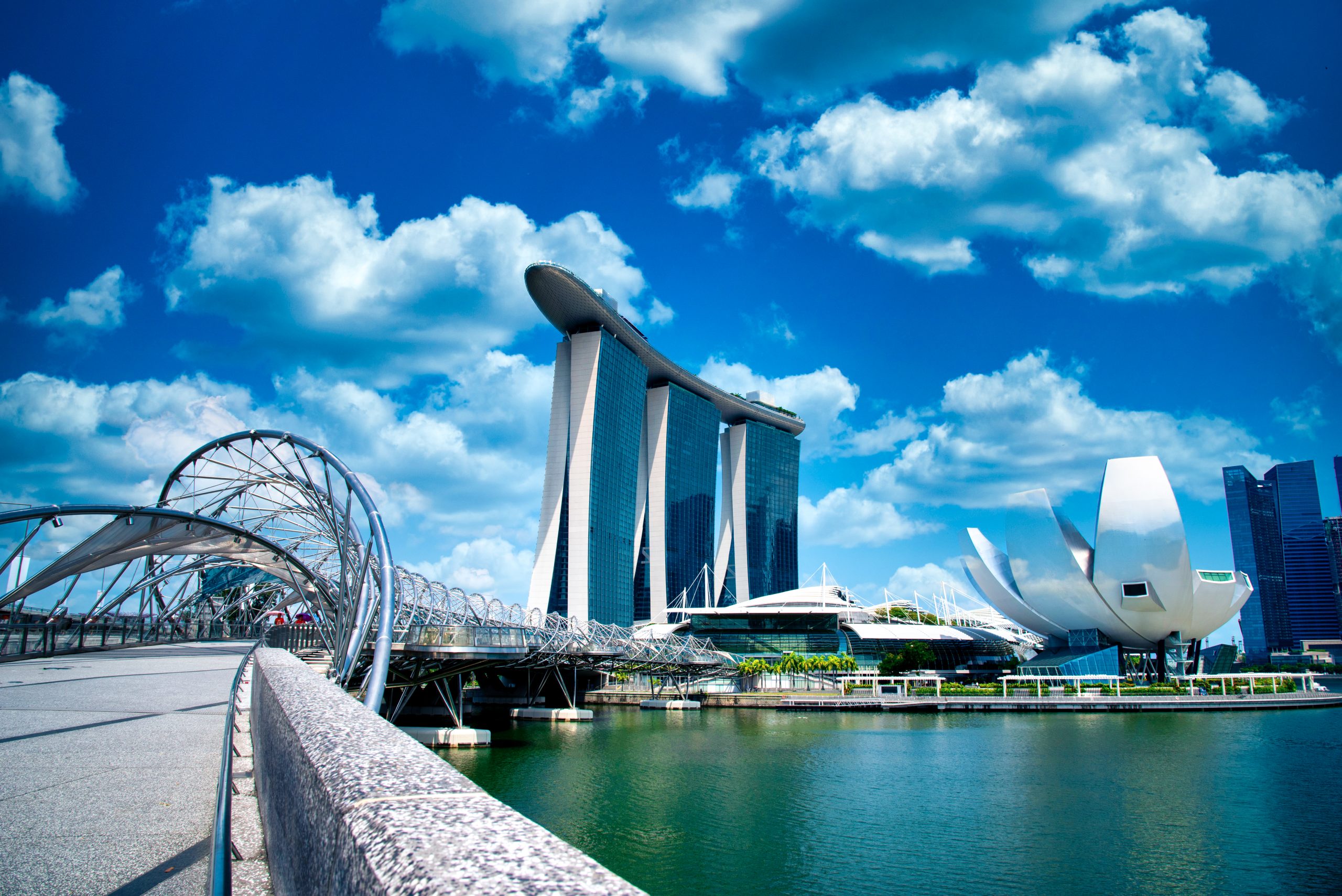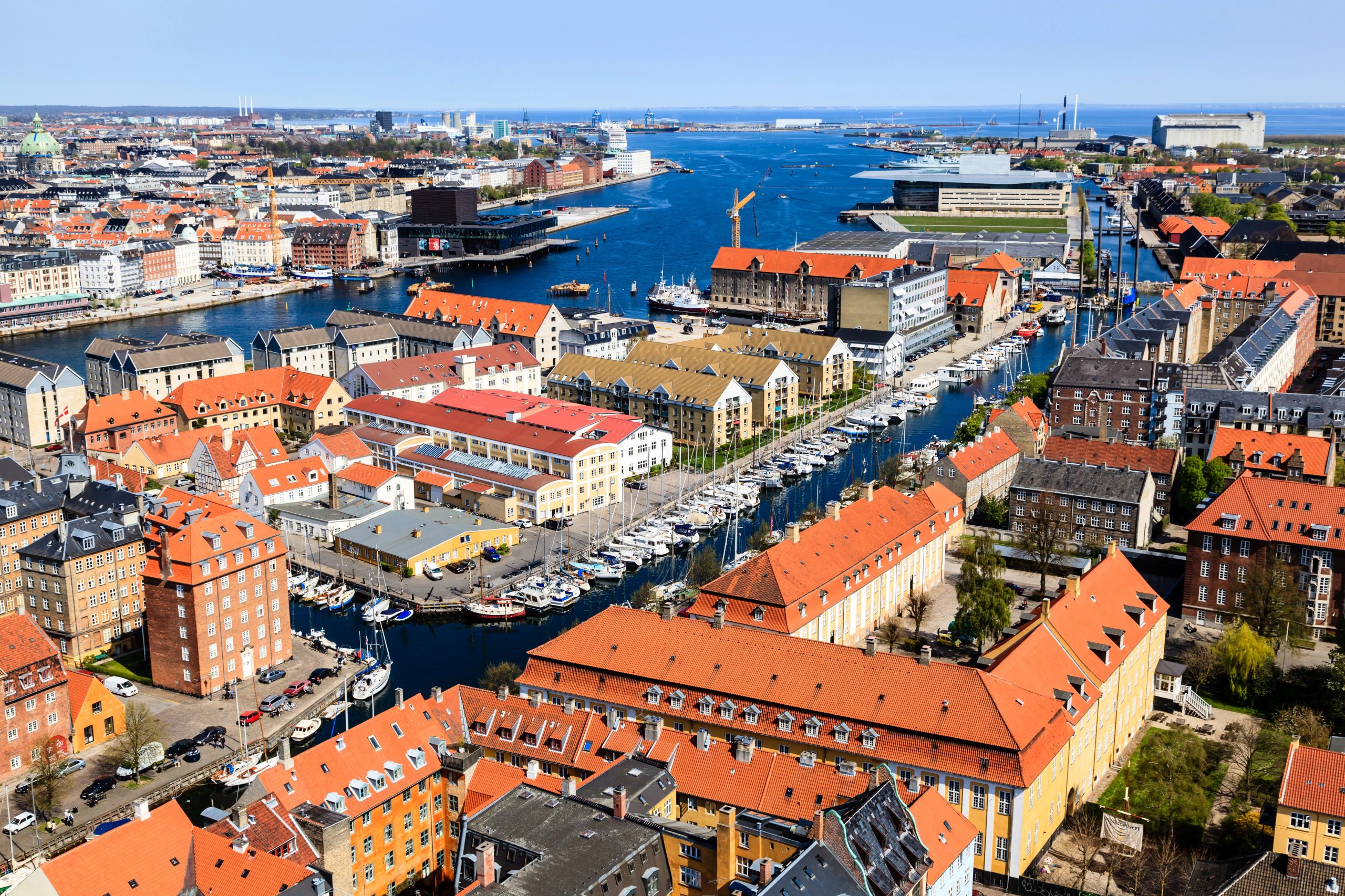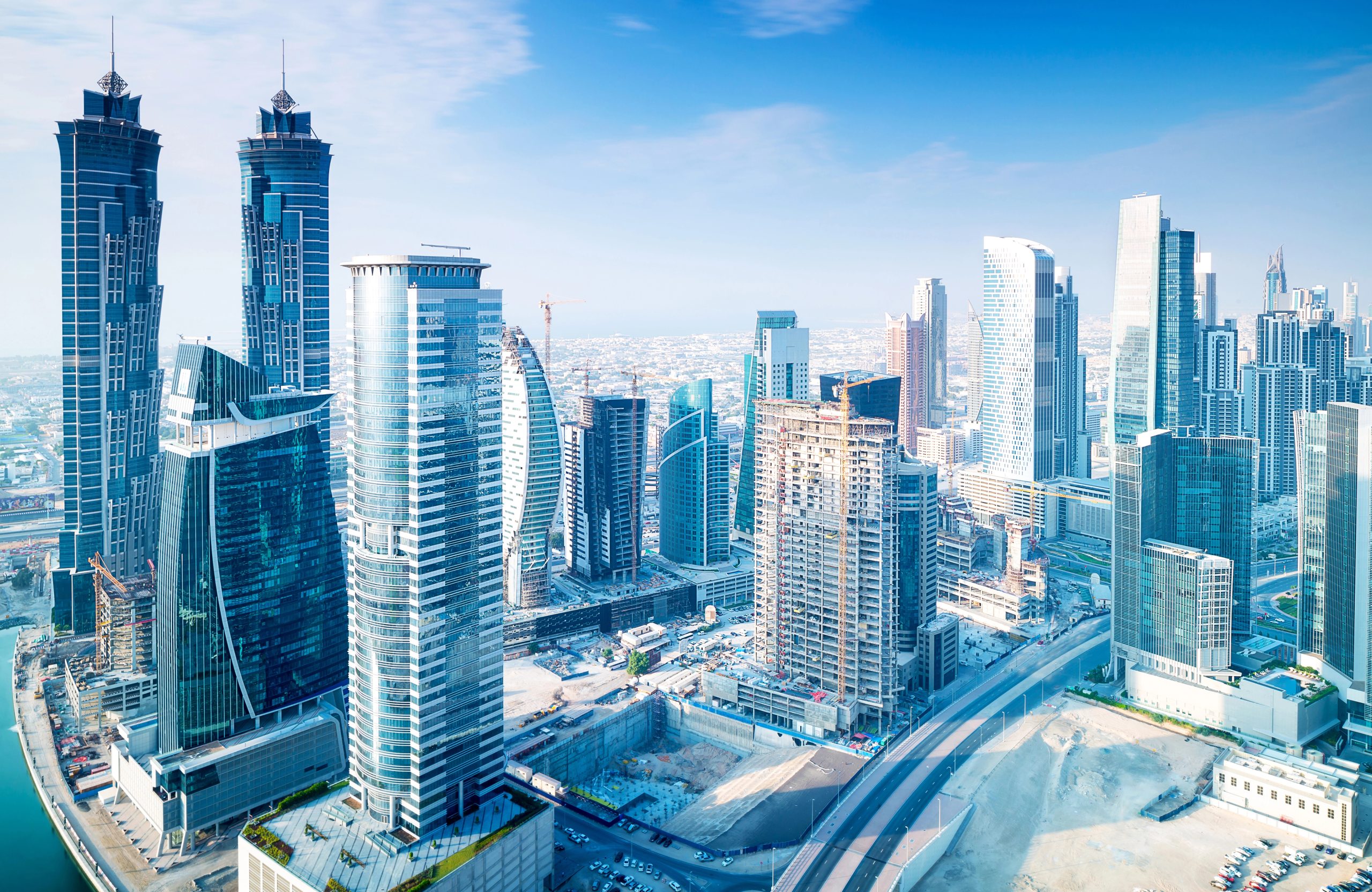Gorilla Insights / Trailblazing Innovation / Top Smart Cities of 2025 Ranked by Gorilla
Top Smart Cities of 2025 Ranked by Gorilla

Table of Contents
Top Smart Cities of 2025 Ranked by Gorilla
Imagine walking down a bustling city street where traffic flows like a choreographed dance, buildings are powered by the sun, and your phone guides you seamlessly through every urban convenience. That’s not science fiction – it’s the reality of the Top Smart Cities of 2025. These cities are leading the charge in digital city transformation, blending technology, innovation, and sustainability to redefine urban living. As the world accelerates toward urbanization, cities are embracing smart infrastructure and intelligent urban development to handle growing populations and resource needs. But what makes a city truly smart? Let’s explore the smart cities ranking 2025 to see which global urban leaders are pioneering the way.
Comprehensive Evaluation Methodology
For a fair assessment, we’ve developed a robust evaluation system to identify the most advanced cities across the globe.
Assessment Criteria Framework
To evaluate the leading cities, we considered five critical dimensions:
- Technological Infrastructure
- Digital Service Ecosystems
- Sustainability Performance
- Economic Innovation
- Quality of Life Indicators
Data Sources
We relied on reputable sources such as the Smart City Index, United Nations urban reports, and independent urban tech research to provide an accurate analysis of the leading smart cities.
Comparative Urban Analysis
Each city underwent rigorous benchmarking, with data-driven comparisons between technological advancements, implementation rates, and their impact on citizens’ lives.
Global Smart City Landscape
Smart cities are not only about technology; they’re about vision. They balance urban technology trends with quality-of-life improvements. Let’s look at what defines a smart city in today’s interconnected world.
Technological Leadership Overview
From AI-driven transportation to smart grids, technological leadership is a key driver. Cities excelling in innovative ecosystems are seeing tangible results.
Innovation Ecosystem Mapping
A city’s ability to foster startups, research labs, and corporate tech hubs ensures a thriving ecosystem that continually pushes the boundaries of urban innovation.
Implementation Success Indicators
Smart cities aren’t just dreamers; they’re doers. Their success lies in execution: bringing tech to life in ways that impact citizens’ daily experiences.
Ranking Methodology
We measured cities against four major dimensions, each contributing to their overall ranking.
Evaluation Dimensions
Technological Infrastructure Assessment
Cities were assessed on:
- Smart grids for energy efficiency
- AI-powered traffic management systems
- IoT-enabled public services
Digital Service Ecosystem
The best smart cities integrate digital platforms for:
- Smart healthcare solutions
- E-governance services
- Real-time citizen communication
Sustainability Performance
How are cities tackling climate change? Metrics included:
- Renewable energy adoption
- Carbon neutrality goals
- Waste management innovations
Economic Innovation Metrics
Cities must balance progress with growth:
- Startup ecosystem strength
- Investment in urban technology trends
- Job creation opportunities
Quality of Life Indicators
What good is technology if people aren’t happier? Factors analyzed:
- Safety improvements
- Green spaces and urban livability
- Public transportation effectiveness
Assessment Framework
- Quantitative Metrics: Hard data such as air quality, infrastructure efficiency, and energy usage
- Qualitative Analysis: Citizen satisfaction surveys and innovative approaches
- City Benchmarking: A comparative analysis of global cities
- Future Potential: Long-term plans for urban transformation
Top Smart Cities Overview
Cities like Singapore, Copenhagen, and Seoul boast cutting-edge AI systems and smart energy solutions. What sets these cities apart is their ability to prioritize scalable solutions. Incremental, phased strategies ensure widespread adoption. From Copenhagen’s smart energy networks to Seoul’s citizen-centric tech platforms, each city showcases innovation that fits its culture and context. Of course, the global smart city landscape isn’t one-size-fits-all. Regions innovate differently, influenced by their priorities and cultural contexts. Europe leads in sustainability-focused smart cities, while Asia dominates in AI integration and digital infrastructure. Western cities prioritize green energy, while Eastern cities focus on large-scale digital services. Furthermore, smart cities in the Middle East adapt innovations to extreme climates, while Latin American cities focus on urban safety and citizen participation. Cities take diverse approaches, from top-down government initiatives to collaborative public-private partnerships.
The Top 3 Smart Cities of 2025
Without further ado, here are the leading cities that are redefining the urban experience in 2025:

City 1: Singapore – The Exemplary Smart City
Singapore has set the gold standard in urban development, as highlighted by its consistent ranking in the Smart City Index and its innovative strategies for sustainable urban planning.
Comprehensive Infrastructure Overview
From smart water management systems to energy-efficient skyscrapers, Singapore’s infrastructure is ahead of its time.
Cutting-Edge Technology Integration
- IoT-based healthcare platforms
- AI-driven urban mobility systems
- Smart sensors for real-time data
Implementation Success Metrics
Singapore’s citizen satisfaction rates are consistently among the highest globally.
Future Urban Development Roadmap
The city plans to achieve carbon neutrality by 2040 while expanding its digital service network.

City 2: Copenhagen – The Innovative Smart City
Copenhagen exemplifies how sustainability and technology can coexist.
Breakthrough Urban Approaches
Copenhagen’s focus on green energy and electric mobility has reduced emissions significantly, achieving a 42% reduction in CO2 emissions since 2005, as reported by Copenhagen Solutions Lab.
Technological Leadership Indicators
- Smart grids powered entirely by renewable sources
- AI traffic optimization that reduces congestion
Advanced Citizen Engagement Strategies
Citizen apps allow real-time input, empowering locals to shape urban policies.
Economic Impact Assessment
Copenhagen’s smart energy initiatives have attracted billions in investment and created thousands of jobs.

City 3: Dubai – The Emerging Smart City
Rapid Urban Transformation
Through heavy investments in AI and IoT, Dubai has built futuristic urban systems almost overnight.
Strategic Investment Approaches
The city’s commitment to tech-driven growth ensures it stays ahead in global urban innovation, as demonstrated by initiatives such as the Dubai Autonomous Transportation Strategy, aiming for 25% of all trips to be autonomous by 2030 (Government of Dubai).
Innovation Potential Evaluation
Dubai’s smart police systems and autonomous transport plans promise unparalleled efficiency.
Global Urban Positioning
As a tech-driven hub, Dubai bridges East and West in smart city leadership.
Success Factors
Common Characteristics
Leading smart cities share critical traits:
- Visionary Leadership: Strong governance sets the tone for innovation.
- Strategic Urban Planning: Well-defined blueprints ensure long-term success.
- Technology Investment: Early adoption of AI, IoT, and smart grids.
- Stakeholder Engagement: Collaboration between citizens, businesses, and governments.
Implementation Strategies
Phased Transformation Approach
Cities roll out smart systems gradually to ensure scalability.
Adaptive Urban Frameworks
Flexibility ensures cities evolve with technological advancements.
Continuous Improvement Methodologies
Feedback loops ensure systems remain efficient and responsive.
Collaborative Innovation Models
Partnerships between tech leaders and governments drive rapid transformation.
Future Trends
Emerging Technologies
- AI Urban Systems: Predictive analytics will make cities safer and smarter.
- Autonomous Technologies: From driverless taxis to drone deliveries.
- Intelligent Prediction Systems: Real-time data will allow cities to predict and solve issues proactively.
Innovation Trajectories
Cities are innovating solutions every day, and we will see more of the following soon:
- Technological ecosystem convergence
- Next-generation citizen services
- Adaptive infrastructure that evolves with needs
Conclusion
As we enter 2025 and look beyond, the global smart city landscape reveals extraordinary potential. Cities are becoming more intelligent, sustainable, and citizen-friendly. From Singapore’s unmatched precision to Copenhagen’s green energy focus and Dubai’s rapid growth, the smart cities of the future demonstrate how technology can improve lives.
FAQs
- What makes a city a smart city?
A smart city uses technology, innovation, and data-driven strategies to enhance quality of life, sustainability, and efficiency. - Which city ranks #1 in smart cities for 2025?
Singapore leads the smart cities ranking for 2025 due to its advanced infrastructure and citizen-focused initiatives. - How do smart cities improve sustainability?
They adopt renewable energy, reduce emissions through smart mobility, and implement green urban planning. - What role does AI play in smart cities?
AI powers traffic systems, predictive analytics, and autonomous technologies to enhance efficiency and safety. - How can smaller cities adopt smart city trends?
By focusing on phased, affordable technological implementations and fostering public-private partnerships.